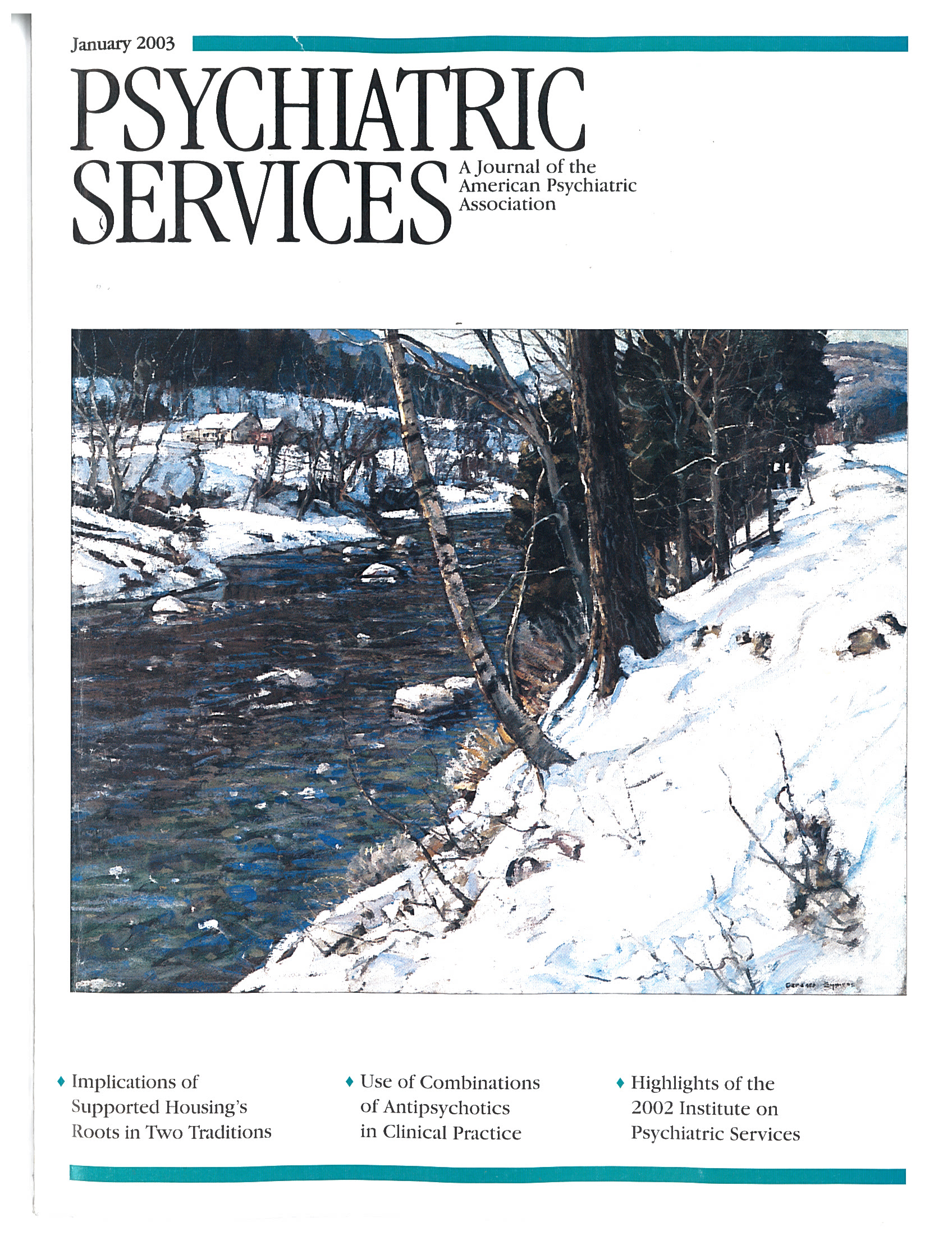Mad in America: Bad Science, Bad Medicine, and the Enduring Mistreatment of the Mentally Ill
Editor's Note: Two different perspectives on a controversial book, Mad in America: Bad Science, Bad Medicine, and the Enduring Mistreatment of the Mentally Ill, are included among this month's book reviews.
This book is an antineuroleptic and generally an antipsychiatry polemic, with some bright spots. I should have been a good reviewer for Mad in America, given that I haven't accepted an honorarium from a drug company since 1995, I promote psychiatric rehabilitation, and I regret that more money is spent marketing medications than on research. However, the title of the book implies a broad perspective that is sorely lacking. Instead, the author moves along a narrow focus on treatments that psychiatry has long since discarded to argue that neuroleptics are the logical endpoint of "bad science, bad medicine, and the enduring mistreatment of the mentally ill."
The treatments from 1750 to 1950 are described as asylum care evolving into eugenics and segregation of people with mental illness, as efforts to reduce patients' intelligence, and as causing brain damage. Only moral treatment is described positively, for its humanity and humility. The books I use in teaching a historical perspective—The Discovery of the Asylum (1) and Madness and Government (2)—are not mentioned, and describe this era quite differently. The era since 1950, where I use Madness in the Streets (3), is headed "Back to Bedlam" in Mad in America.
Whitaker argues that evidence shows that people with schizophrenia do better without taking neuroleptics. This assertion rests on data from the World Health Organization, Courteney Harding's studies, and Soteria. Much is made of the WHO international pilot study of schizophrenia without consideration of the follow-up studies that have concluded that the outcome of schizophrenia is not better in developing countries. Despite cultures that often are more supportive than those of developed countries, poverty of individuals and poverty of service systems combine to produce results that are documented in the background reports produced for World Health Day in 2001 and published as the World Health Report 2001: Mental Health: New Understanding, New Hope (4).
Whitaker omits literature that shows positive effects of neuroleptics—only lithium and venlafaxine are mentioned anecdotally. He uses quotes out of context to make psychopharmacologists sound opposed to medication. He argues, in effect, that had the Food and Drug Administration paid attention to the data submitted, it would never have approved neuroleptics: "Evidence that neuroleptics were making people chronically ill showed up fairly early." A reader comes away with the idea that neuroleptics are prescribed only because drug companies market them well.
The book's best chapter is on the excesses of recent psychopharmacologic research—for example, the case of Richard Borison—and the hyping of the more recently developed antipsychotics.
Dr. Taintor is affiliated with the department of psychiatry of New York University Medical School in New York City.
1. Rothman DJ: The Discovery of the Asylum: Social Order and Disorder in the New Republic. Boston, Little, Brown, and Company, 1971Google Scholar
2. Foley HA, Sharfstein SS: Madness and Government: Who Cares for the Mentally Ill? Washington, DC, American Psychiatric Press, 1983Google Scholar
3. Isaac R, Armatt E: Madness in the Streets: How Psychiatry and the Law Abandoned the Mentally Ill. New York, Free Press, 1989Google Scholar
4. World Health Report 2001: Mental Health: New Understanding, New Hope. Geneva, World Health Organization, 2001Google Scholar



